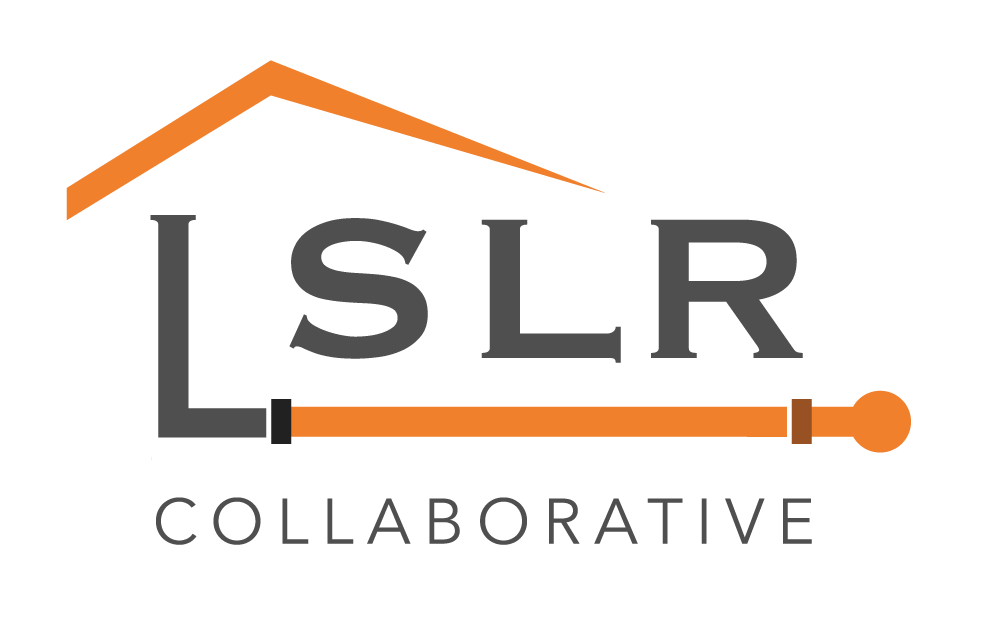|
Environmental Defense Fund See the full blog here. We recently finished a round of updates to our webpages recognizing states and communities leading the way in efforts to accelerate lead service line (LSL) replacement across the country. As we start the New Year, we wanted to summarize the good news from 2018 and highlight some opportunities for more success. Ninety-five communities are leading the way on LSL replacement programs:[1]
16 states with more than 68% of the estimated 6.1 million LSLs in the country have adopted proactive policies supporting LSL replacement:[2]
Most of the proactive, public efforts from both states and communities began after the tragedy in Flint drew national attention to the issue of lead in drinking water. EDF applauds the communities taking steps and setting goals as well as the states that are adopting policies to empower community action. With 6.1 million LSLs across the country, more will be needed to meet the challenge. We hope that EPA will also do its part to establish appropriate incentives to support states and communities when it proposes revisions to its Lead and Copper Rule. Those long-overdue proposed revisions are expected in 2019. [1] See our criteria for recognizing community LSL replacement efforts at this link. Communities are updated on a bimonthly basis. [2] Percentage is based on estimates from the 2016 American Water Works Association Survey. On the EDF tracking page, we use estimates based on state surveys when available. [3] Note that Kansas, Texas, Rhode Island, New Hampshire, New Mexico have conducted survey but not made the results public. Comments are closed.
|
Have a suggestion for an article or blog to add?
Let us know! Type
All
Date
April 2023
|


 RSS Feed
RSS Feed